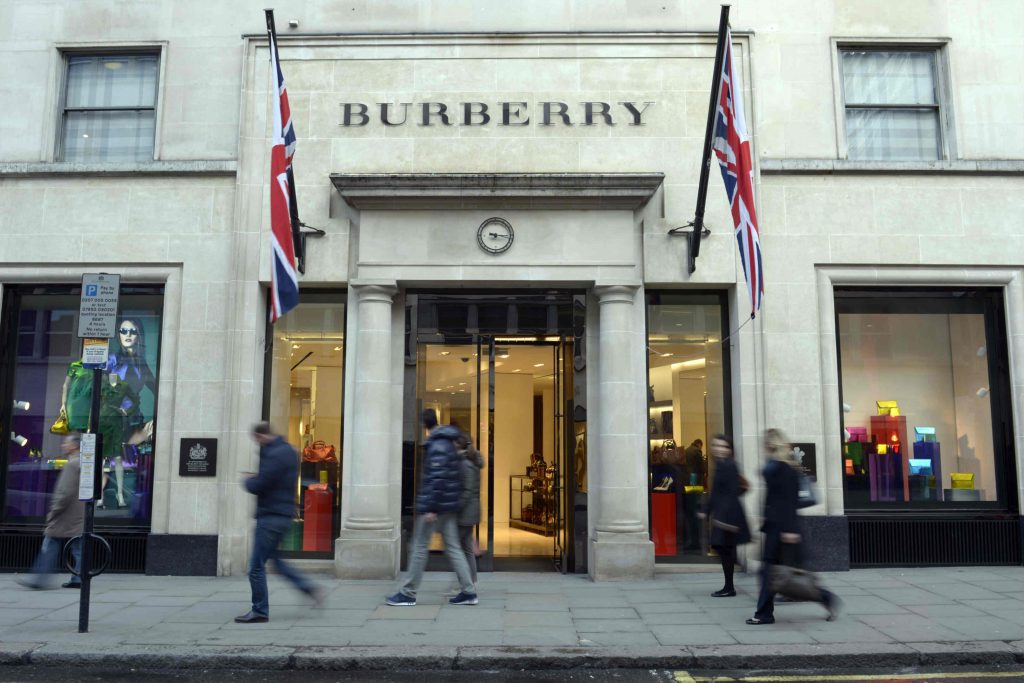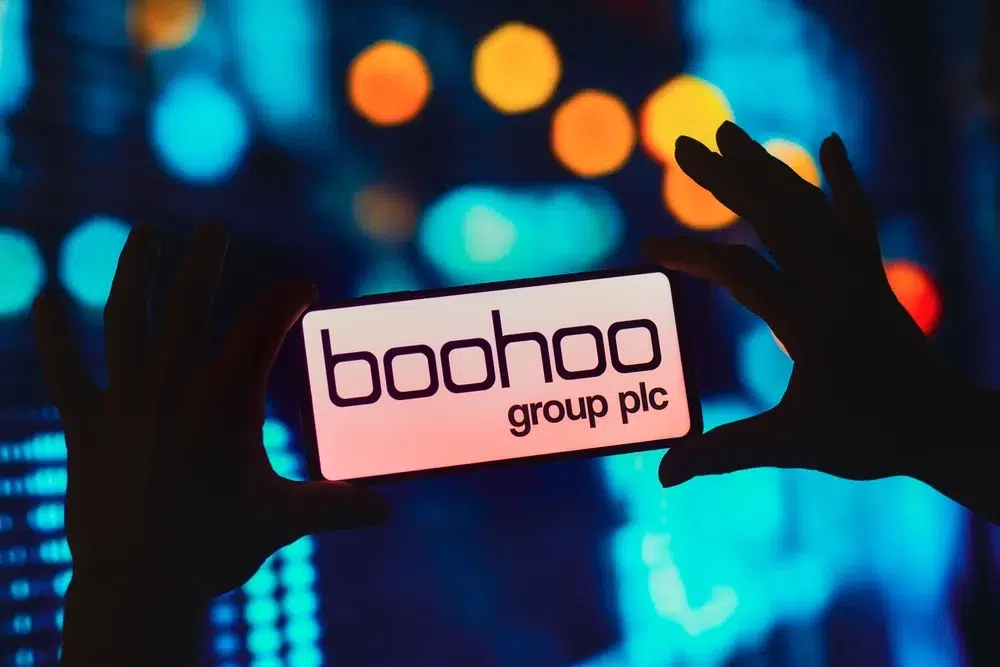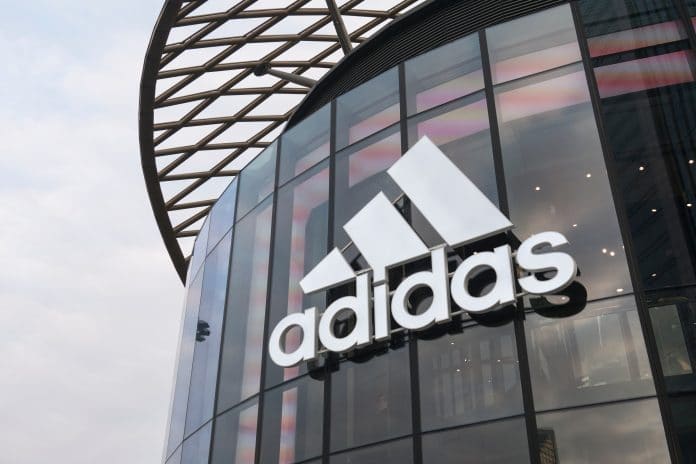// Burberry sales boosted by more full price sales and rich Asian & American shoppers spending in local stores
// In the 13 weeks to June 26, sales hit £479m, compared to £257m during the same period a year ago
// Q1 sales in Europe remain deflated – down 38% on pre-Covid levels – but Asia-Pacific region was up 7% and the Americas up 34%
Sales at Burberry have returned to pre-pandemic levels despite some restrictions for Covid-19 still remaining in place, the luxury retailer revealed.
Bosses said the boost has come from Burberry selling more products at full price, relying less on discounts, and seeing rich Asian and American shoppers spending in local stores rather than travelling to Europe to buy the latest trench coat.
As a result, first quarter sales in Europe remain deflated – down 38 per cent on pre-Covid levels – while its Asia-Pacific region is strong, up seven per cent, and the Americas up 34 per cent.
READ MORE:
- Burberry non-exec director Dame Carolyn McCall resigns
- Burberry CEO Marco Gobbetti to step down at end of the year
- Burberry accelerates sustainability goals with “climate positive” pledge by 2040
The British retailer and brand added that its customers took advantage of the easing of restrictions in recent months, snapping up outerwear, leather goods and shoes in particular.
Some have also been checking out the retailer’s new “global design concept” in Sloane Street, London, and bosses said three more flagships will open over the next year.
In the 13 weeks to June 26, sales hit £479 million, compared to £257 million during the same period a year ago – at the height of the first wave of the pandemic which saw stores deserted and travel restrictions across much of the globe.
Bosses appeared to waive away concerns that sales in mainland China had been hit – as has happened with other western fashion brands following international condemnation over allegations of forced labour camps in the Xinjiang province supplying the fashion industry.
Burberry has not publicly commented on the allegations but is a member of the Better Cotton Initiative, which has raised concerns.
In mainland China, Burberry said sales were up more than 55 per cent and Korea up more than 90 per cent versus pre-pandemic levels.
“This was driven by new, local, young customers buying across our core categories,” Burberry said in its trading update.
Store closures have all but ended for Burberry, which said by the end of June, only three per cent of sites were closed, although 35 per cent were still operating on reduced hours as tourists stay away.
The company also confirmed its position to become “Climate Positive” by 2040.
Outgoing chief executive Marco Gobbetti, who announced he was quitting the retailer last month, said: “We saw strong growth across our strategic categories, in particular leather goods and outerwear, and exited markdowns in digital and mainline stores.
“We continued to roll out our new store concept that will transform how customers experience our brand and product in a uniquely British luxury setting.
“Despite the continuing challenging external environment, we are very pleased with the progress against our strategy. With the company firmly set on a path of growth and acceleration, we are confident of achieving our medium-term goals.”
Burberry’s wholesale business is expected to increase 60 per cent year-on-year due to a stronger order book, although unfavourable currency rates are expected to hit sales £114 million this year.
with PA Wires
Click here to sign up to Retail Gazette’s free daily email newsletter


















